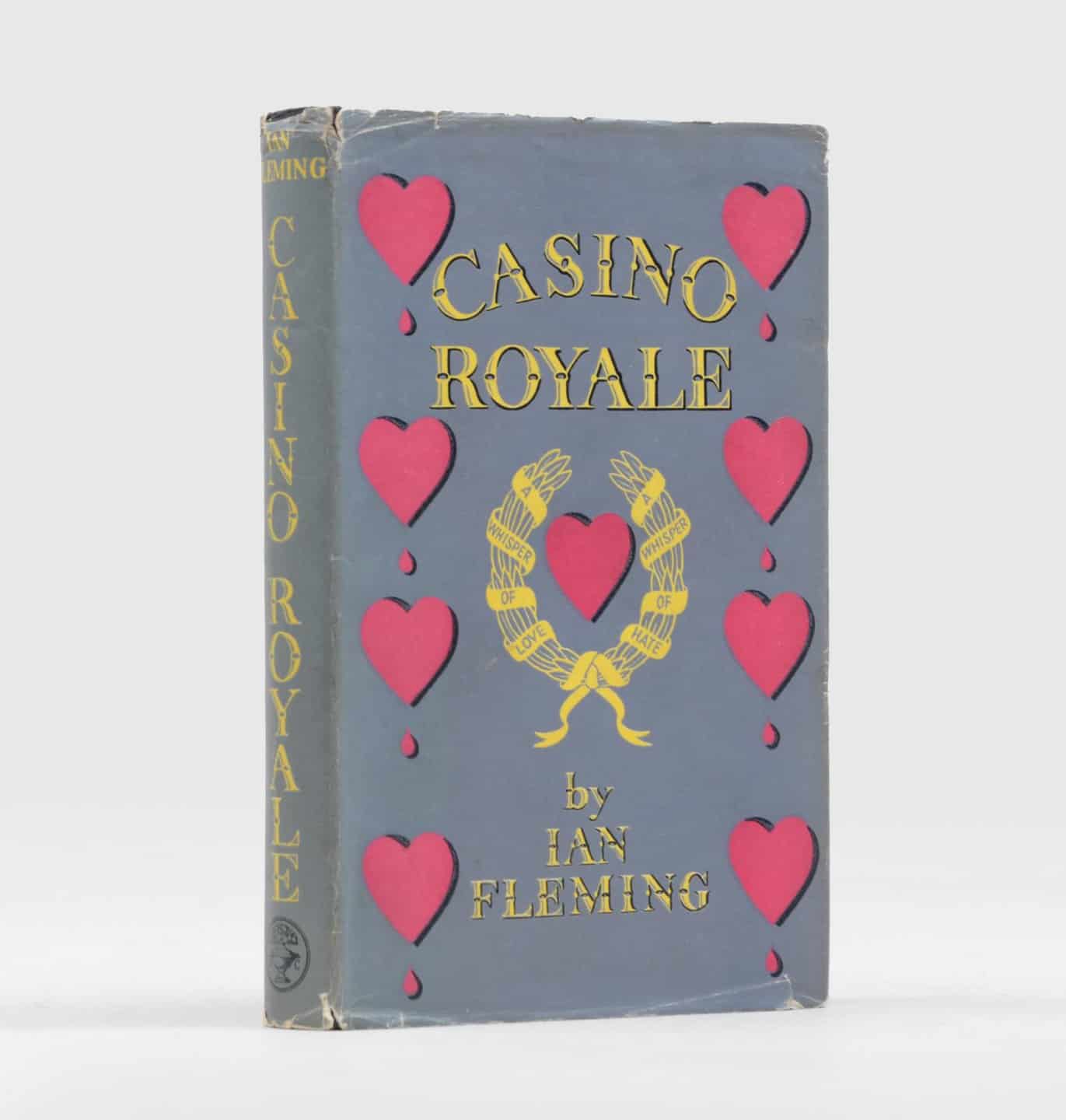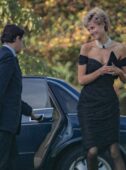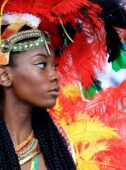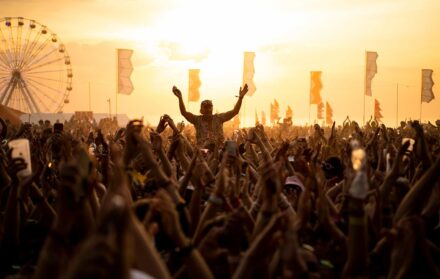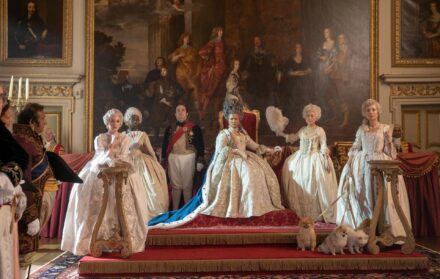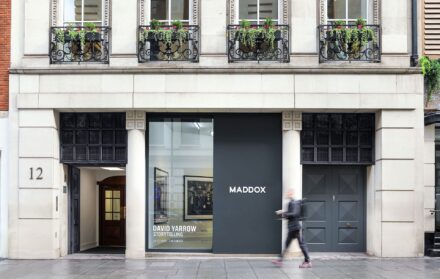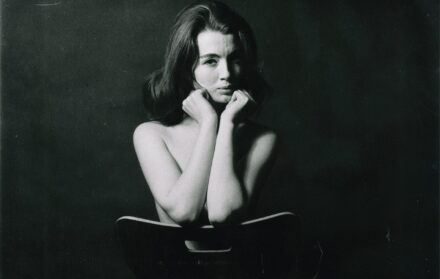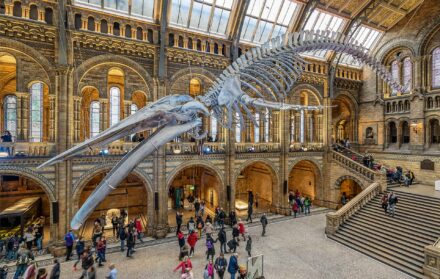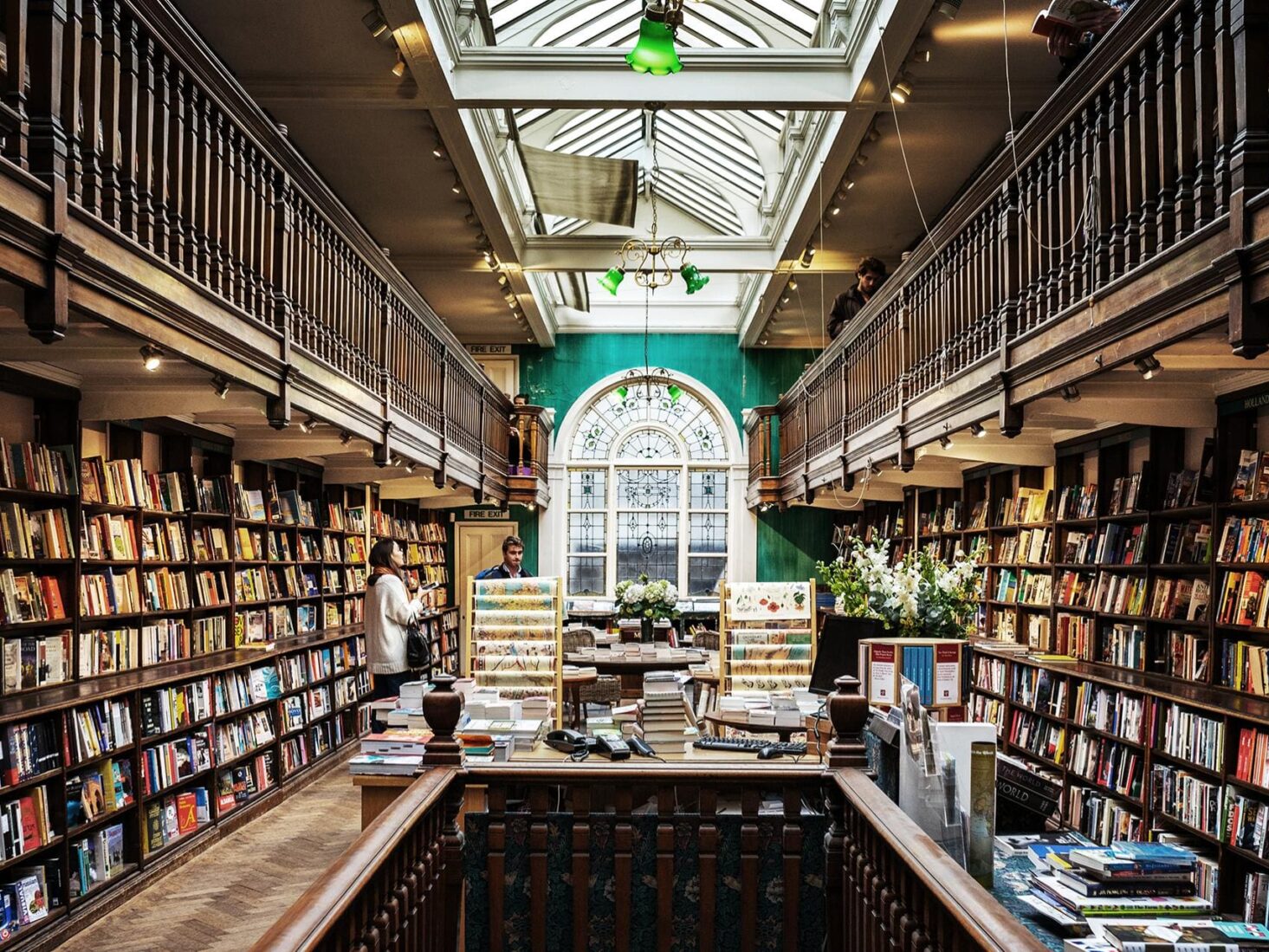
Read All About It: London’s Glorious Bookshops
How London’s best bookshops are surviving the digital age, one gripping page at a time
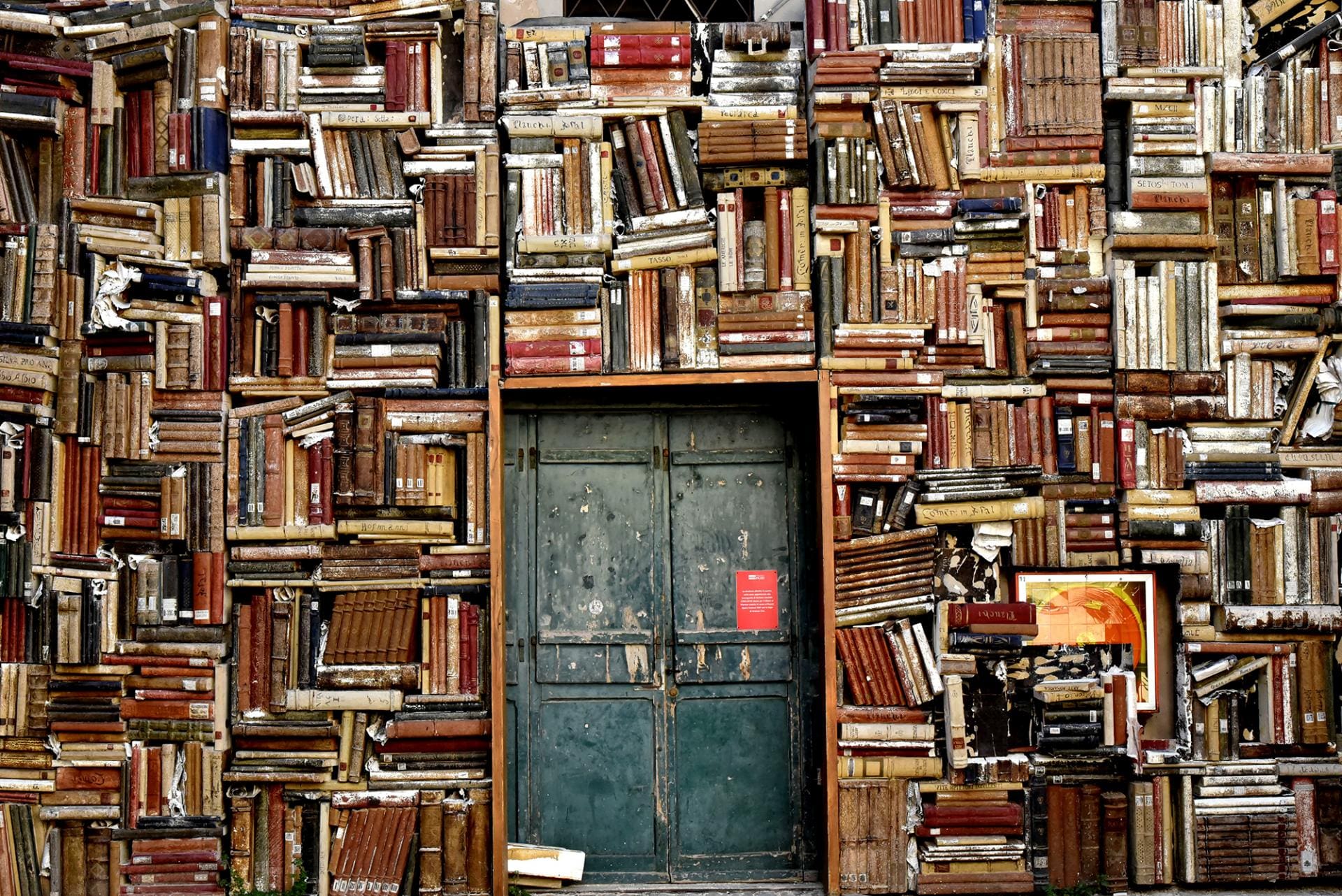
Before Nancy Mitford became celebrated as an author, she was a bookseller. During the Second World War, she looked after George Heywood Hill’s eponymous shop on Curzon Street and sold paperbacks for a measly wage of £3 a week. She is often credited with putting the shop on the literary map, having filled it with her society friends while Hill was serving in the military. Today, her input is remembered by a blue plaque on the building’s exterior, and in her relationship to the current owner, her nephew Peregrine Cavendish, the 12th Duke of Devonshire. When Hill founded his shop in 1936, in his own words a “tiny first-class kennel for underdogs”, he set out to sell the best books available, both old and new. The store’s inaugural catalogue included a first English edition of James Joyce’s Ulysses and attracted customers including Osbert Sitwell and James Lees-Milne. Today the store is revered for its breadth of books on myriad subjects, and its ability to curate a collection of reads to suit the whims and wishes of its clientele. One customer, whose wife is a keen marathon runner, requested a series of books on the subject of endurance. Her gift was 300 tomes spanning the founding of the Olympic Games to fell running in Cumbria.
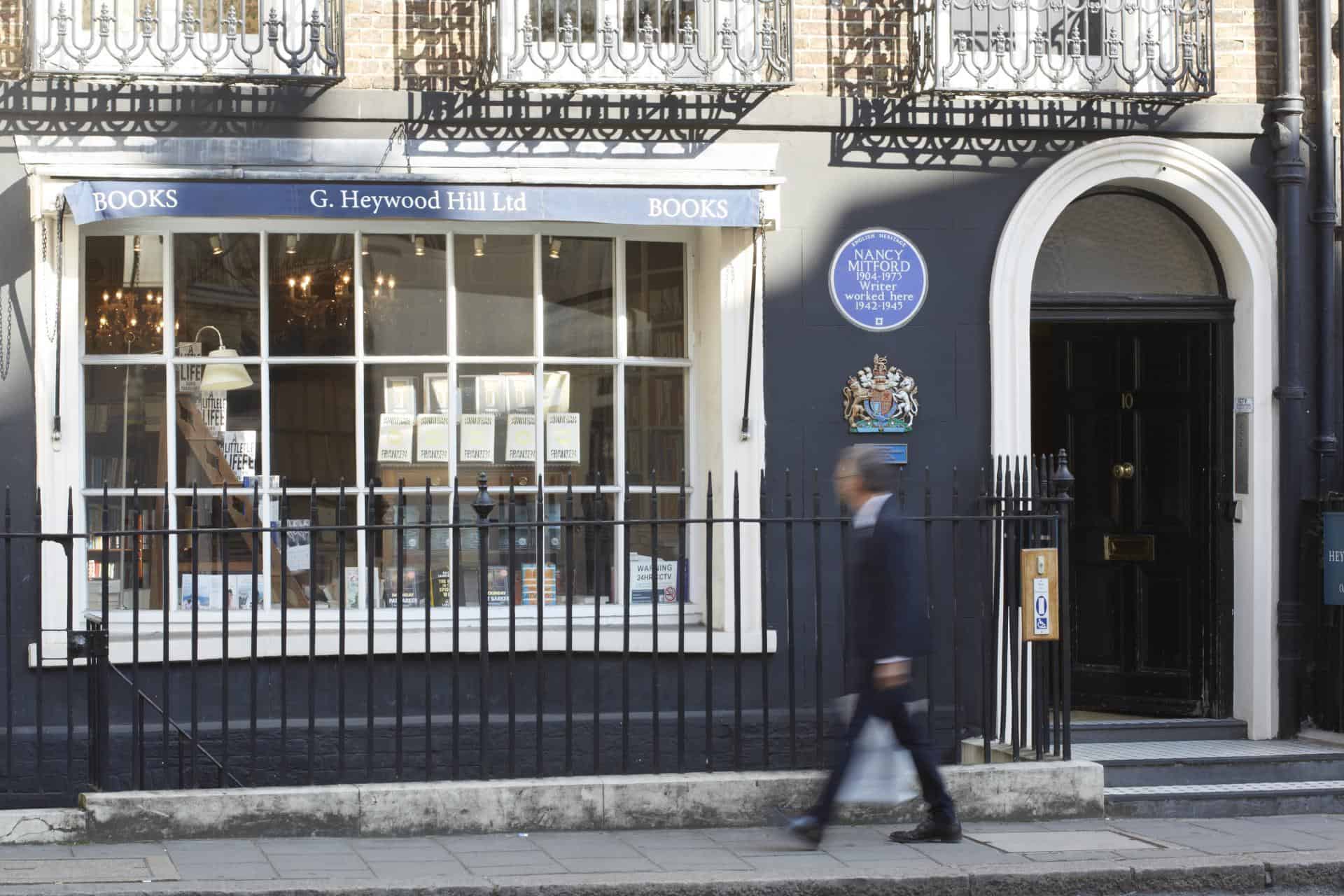
In the age of Amazon, the ubiquitous Kindle and the dying high-street, the fact that Heywood Hill is still going after 82 years is certainly an achievement. From my own experience as an author a decade ago, I remember as many as a dozen bookshops on a stretch from Marble Arch to Trafalgar Square. HMV, Books Etc. and Borders were all competing chains that offered coffee to entice me in and board games to lure me to the back where the actual books – a.k.a the less commercial items – were relegated. It all came about from following the lead of the marketing gurus at New York’s Barnes & Noble. Today, Charing Cross Road is a pale shadow of its former self, just as Cork Street is for the modern art world. But it’s hard not to concede Amazon’s benefits. The choice is blatant: either order a paperback to your front door with a few clicks on the computer, or go down to the high street, join a queue and be told that they don’t have it in stock. There are some things, however, that the online industry just can’t touch. Sure, Heywood Hill will never have the shelf space to rival Amazon, or the infrastructure to ship its tomes to letterboxes across the planet, but that’s exactly why the Mayfair shop has survived for so long. Like its neighbours on Savile Row, the art of the bespoke is what draws the crowds – even if that crowd is somewhat niche.
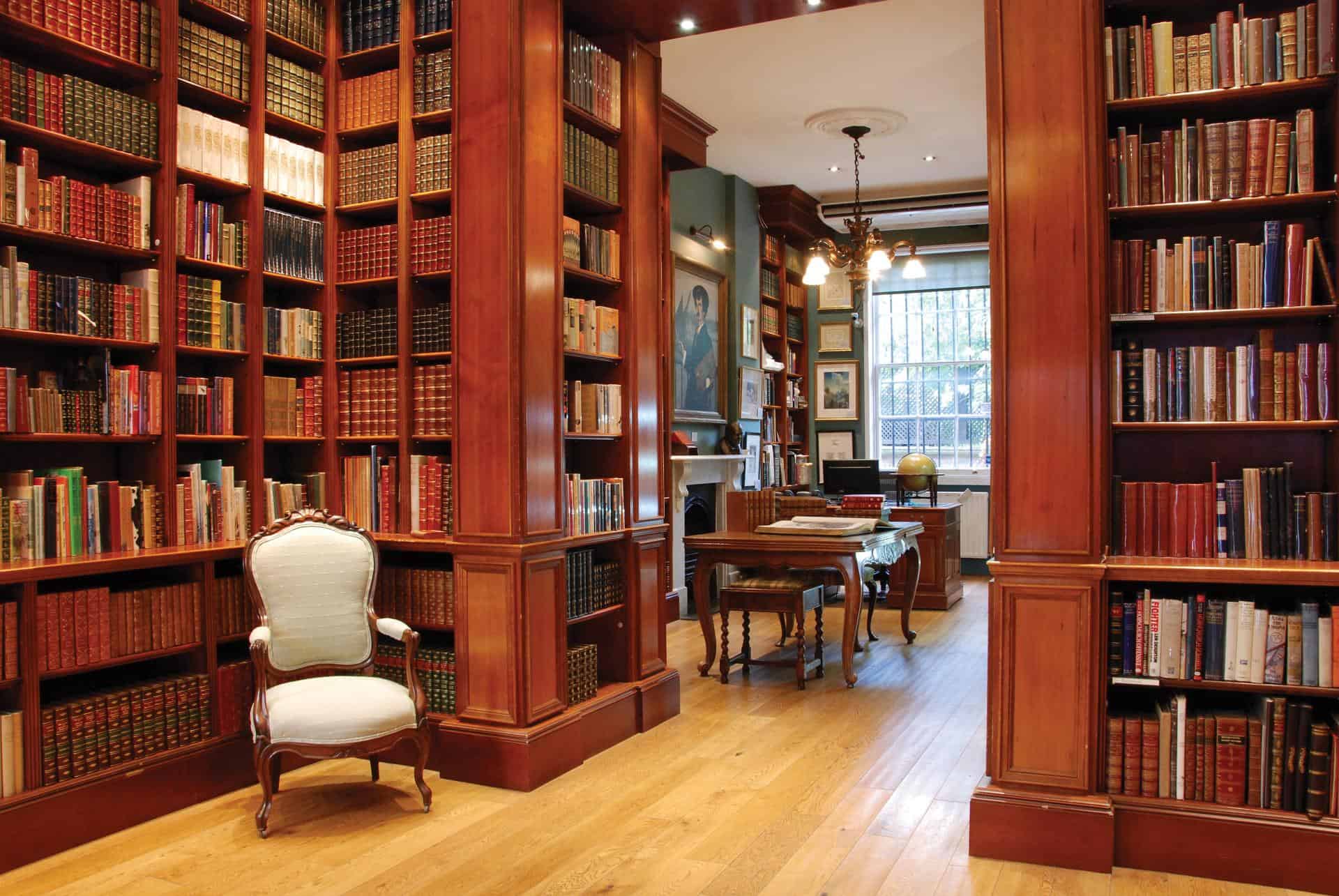 The Interior of Peter Harrington Rare Books
The Interior of Peter Harrington Rare Books
Across the capital, bookshops catering to specific tastes abound, from Notting Hill’s Books for Cooks to art specialist Zwemmer, Greenwich’s Maritime Books to Finchley Road’s Karnac Books, which focuses on psychoanalysis. The Housmans bookshop caters to politics enthusiasts and, in Bloomsbury, Gay’s the Word caters to the LGBTQ+ community. Daunt Books, so renowned in the capital that it has a status akin to that of Waterstones, started out as a travel specialist in Marylebone; today, it offers a variety of books from its six London-based shops. Some have other quirks; Libreria in Spitalfields was founded by former Downing Street policymaker Rohan Silva in 2016 and is designed to help with the 21st-century problem of information overload. To combat this, the store is arranged not like a traditional bookshop, with classic ‘crime’ and ‘romance’ categories, but by suggestive themes, such as ‘sea and sky’ and ‘enchantment for the disenchanted’, to help browsers happen across books they wouldn’t traditionally choose. There is also a strict no-phone policy.
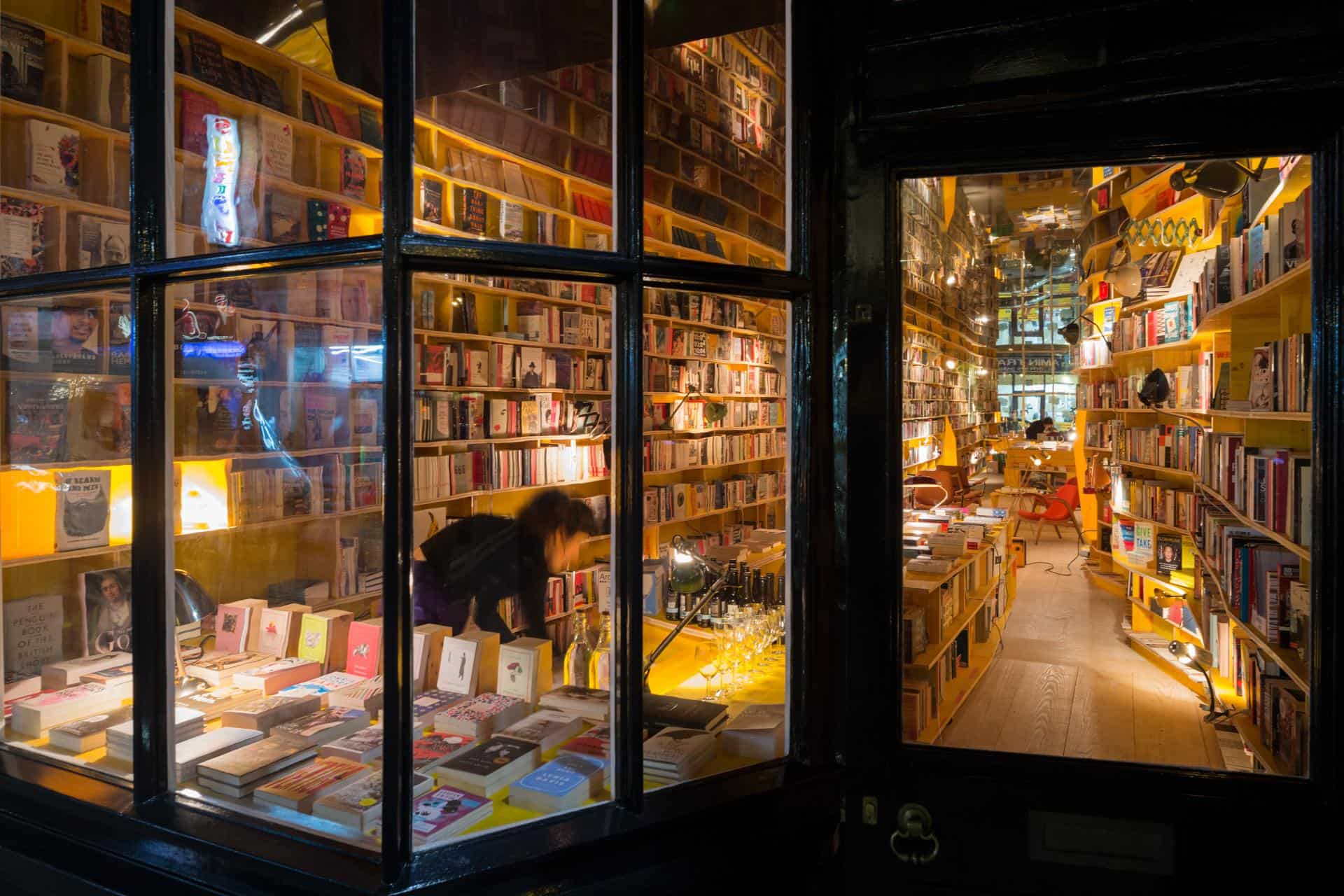 Libreria, Spitalfields
Libreria, Spitalfields
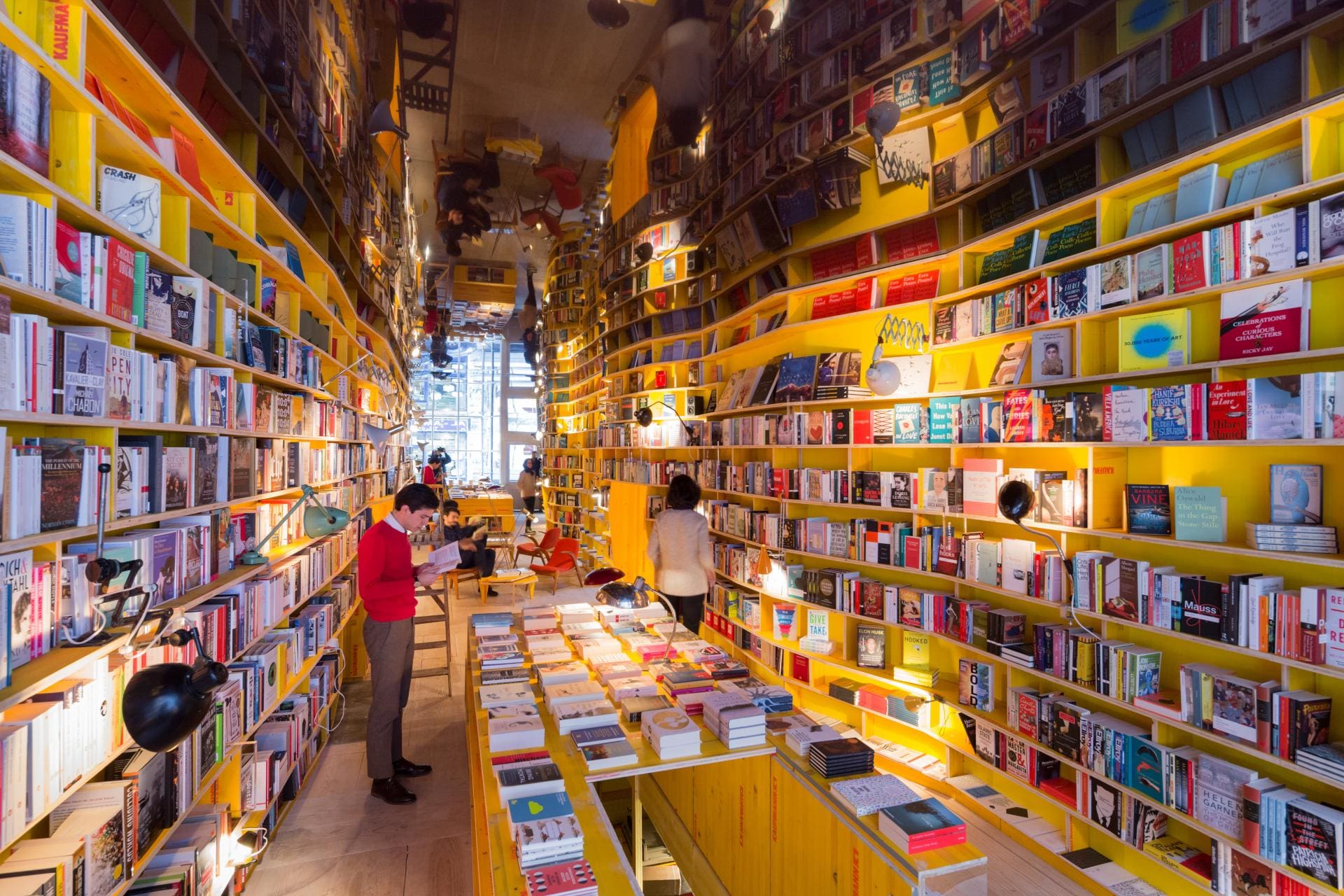
More specific still are the likes of Peter Harrington, Maggs, Shapero, Henry Sotheran and Henry Pordes. In these quarters it’s all about the book being owned rather than the contents necessarily being read. This is the domain of the antiquarian outlets where investors and collectors balance between passion and rationality in their pursuit of the rare or original book. Hard-nosed investors and passionate collectors make strange bedfellows. True collectors are not investment-driven, but they like to know their items are increasing in value and they rarely sell anything as it goes instinctively against the grain unless, of course, they come under attack from any one of the three Ds: death, debt and divorce.
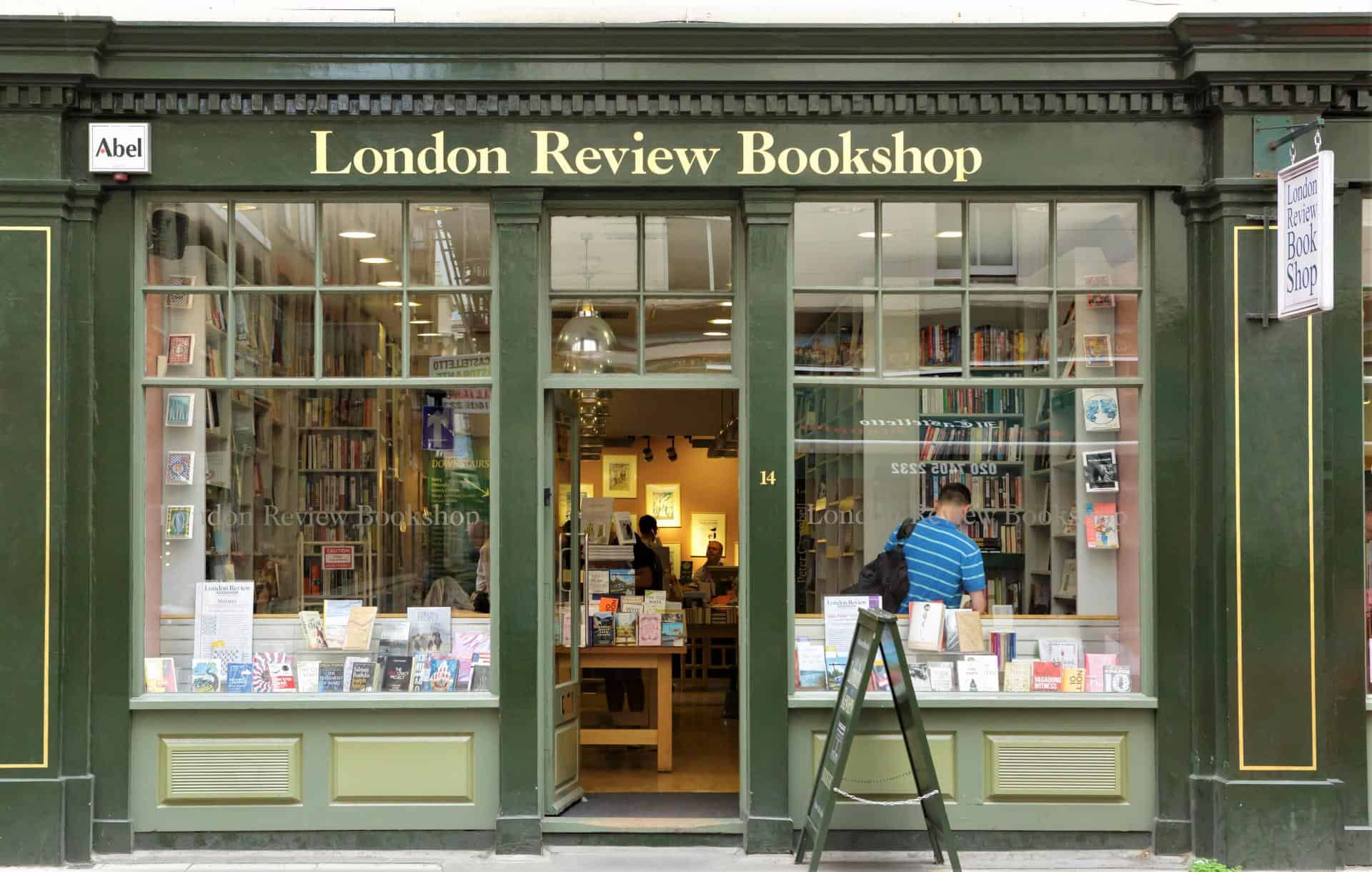
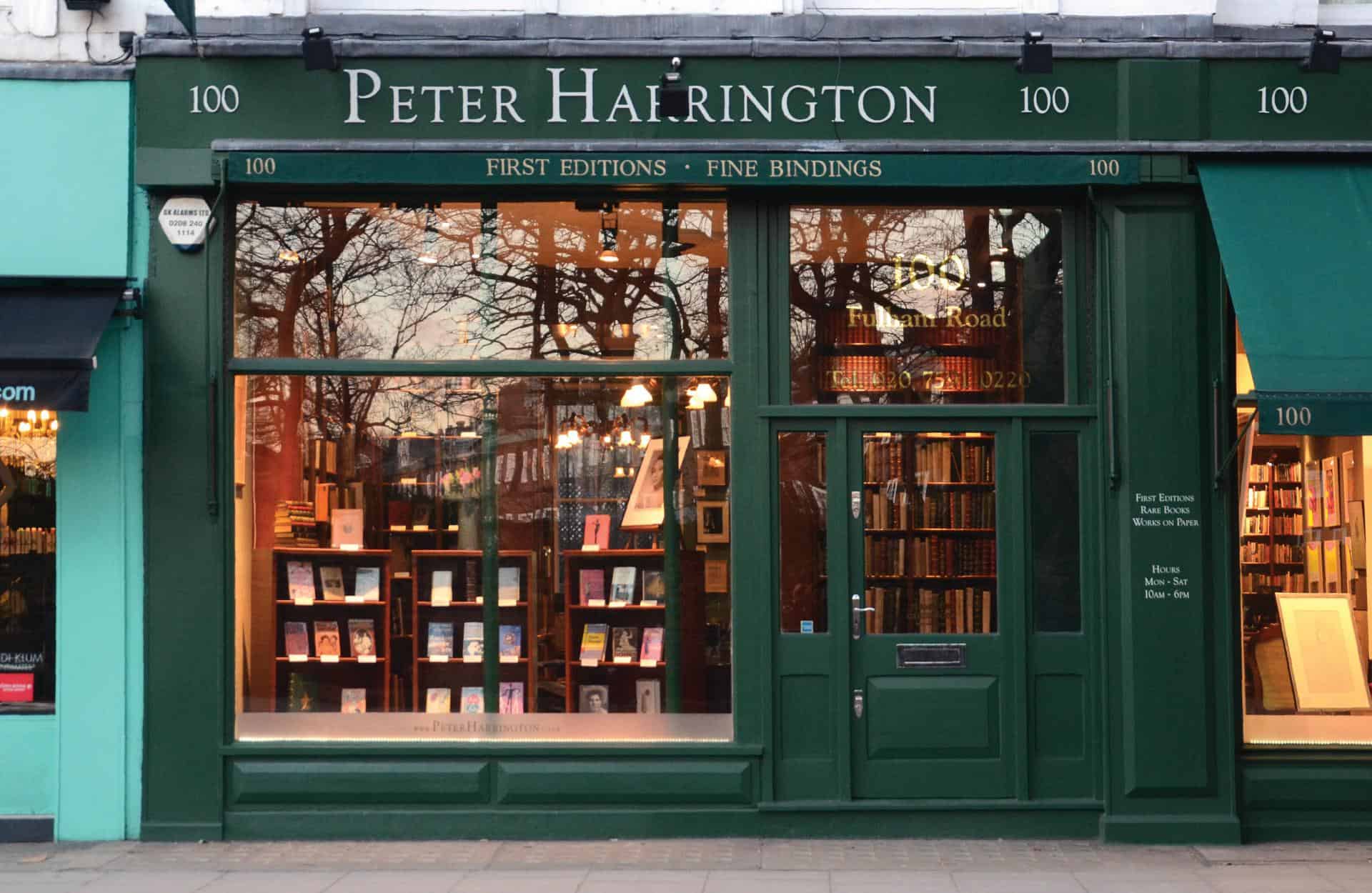
The top tip is to buy what you like and buy the very best that you can afford, to concentrate on a single superb item rather than the many less inspiring books. Rarity is also a vital factor. The most common question people ask is “How many did they print?” It’s all a matter of scarcity. Books that have proved a good investment include Casino Royale, the first James Bond book written by Ian Fleming, first published in 1953. In 1998, a copy sold in perfect condition for £6,000, five years later for £15,000 and in 2007 for £27,000. Today, Peter Harrington is selling a copy in its first issue dust jacket and inscribed to Fleming’s employer, who allowed him special leave to write his novels, for £135,000 (pictured below). Similarly, a first edition of The Hobbit by J.R.R. Tolkien, signed by the author and still in its rare dust-wrapper, went for a record £60,000 in 2008 and, in 2015, a version sold at Sotheby’s London for £137,000, almost double what the auction house expected to achieve. These are hefty price tags, but some would argue that a book is a worthy investment whatever the price. As Ernest Hemingway once said: “There is no friend as loyal as a book.”
